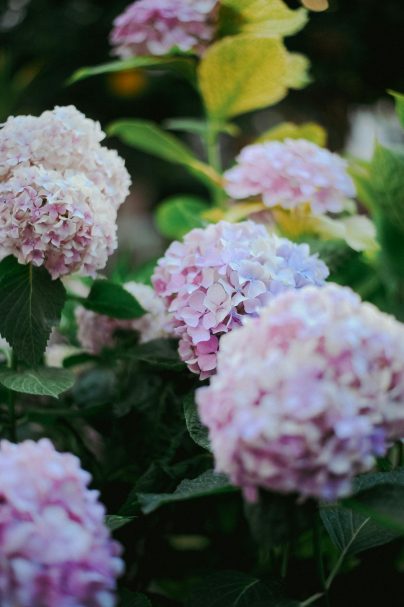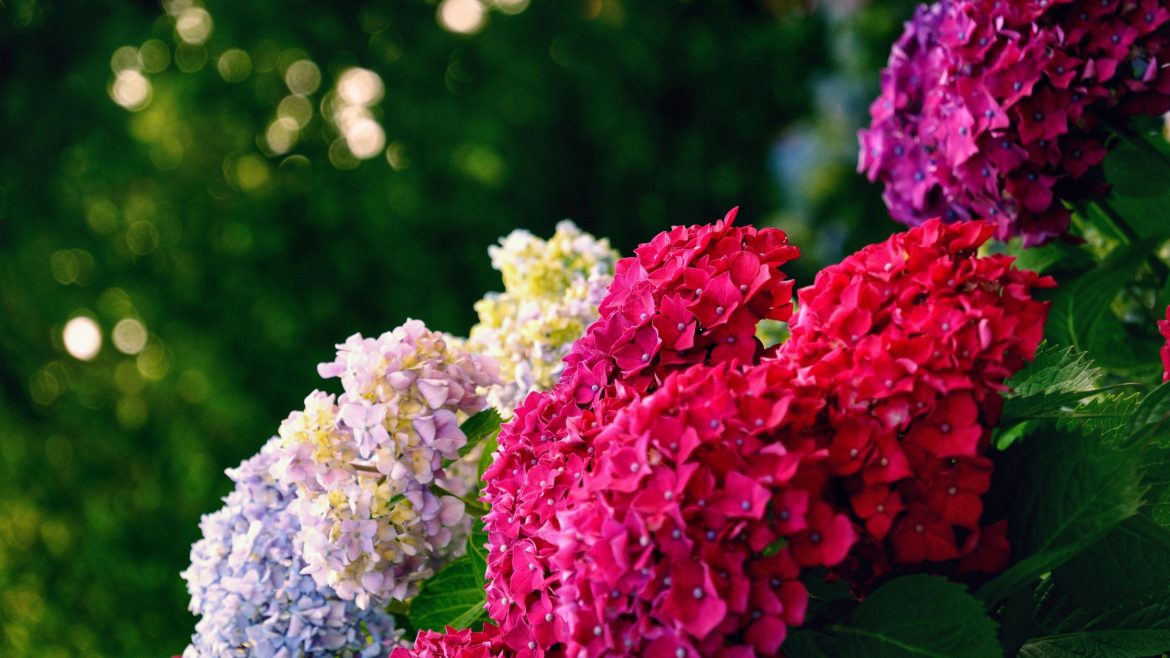Hydrangeas are the daylight fireworks of a shade garden. If you want generous mophead blooms from early summer into autumn, the Endless Summer collection earns its name. Unlike many bigleaf hydrangeas that flower only on last year’s growth, these types set buds on both old and new wood, which is why they rebloom so reliably across the season.
What exactly is Endless Summer?
Endless Summer is a range of Hydrangea macrophylla cultivars bred for repeat flowering and broader cold tolerance than typical mopheads. Heights and spreads vary, but most sit between 0.6 and 1.5 metres and cope well across much of the temperate world. The range includes both lacecap and mophead forms that bloom on old and new growth.
Where they thrive: light and position
Morning sun with afternoon shade is the sweet spot for most gardens. In cooler regions they tolerate more direct sun, while in hotter climates, they prefer dappled light to avoid leaf scorch. Give each shrub room to breathe to improve airflow and reduce disease pressure.
Soil and colour control: blue, pink or in between
Bigleaf hydrangea colour responds to soil chemistry. Acidic soils with available aluminium tend to produce blue blooms, while neutral to alkaline soils push flowers pink to magenta. Adjusting pH is a slow process, so work gently. Use aluminium sulphate to encourage blue, or garden lime to move towards pink, ideally in late winter or early spring and only after a soil test. White forms are not affected by pH changes.

Pexels
Planting made simple
Plant in autumn or early spring when heat stress is low. Dig a hole twice as wide as the pot and set the crown level with the surrounding soil. Enrich poor ground with well-rotted compost so conditions are moisture-holding yet free-draining. Water in thoroughly at the base, then mulch five to eight centimetres deep, keeping mulch away from the stems.
Watering and feeding
Hydrangeas are naturally thirsty. Aim for consistently moist, never sodden soil and water at the base to keep leaves dry. In spring, feed with a slow-release, balanced fertiliser that is not overly high in nitrogen, or use a general rose and shrub food, then top up with compost. Too much nitrogen pushes leaves at the expense of flowers.
Pruning, deadheading and why timing matters
Because these hydrangeas bloom on old and new wood, pruning is light. After the first flush, remove spent heads back to a healthy pair of buds to encourage more blooms. In late winter or early spring, take out only dead, weak or winter-damaged stems. Avoid hard autumn cuts that can remove next season’s old-wood buds. Conservative pruning protects your display.
Winter care and climate notes
Bigleaf hydrangeas form flower buds in late summer. In colder regions, protect the crown with a mulch blanket and site plants out of icy winds. Keep pots watered during dry winters and move containers to a sheltered spot if frost is severe. Good winter preparation improves spring flowering.
Pests and problems to watch
Aphids and spider mites can sap vigour; a firm water spray or a gentle horticultural soap usually suffices. Leaf spots and powdery mildew are more likely in still, damp shade. Space plants well, water the root zone and clear fallen leaves to limit spread.
Troubleshooting poor flowering
If your shrub is leafy but shy of flowers, check timing and light first. Hard pruning at the wrong time removes old-wood buds, so save shaping for just after bloom and stick to dead or weak wood in late winter. Too much shade or fertiliser can also stall flowering; ease back on nitrogen and give more morning light. If winter bud loss is the issue, mulch and shelter plants and avoid late-season feeding so buds harden before cold snaps.
Quick care recap
These hydrangeas thrive with morning sun and afternoon shade, rich but well-drained soil and steady moisture regulated with mulch. Feed lightly in spring, prune by deadheading after bloom and tidying in late winter, and protect crowns in colder climates over winter.
Good companions
Hostas, ferns, astilbes and hellebores echo hydrangea’s woodland roots and keep borders lush when blooms are between flushes. Their contrasting foliage textures set off the hydrangea’s large heads beautifully.
ALSO SEE:
The surprising benefits of garden weeds: why some are worth keeping
Featured image: Pexels

